Meet Katie Ormerod, the 20-year-old snowboarder who could be Team GB's greatest Winter Olympic medal hope
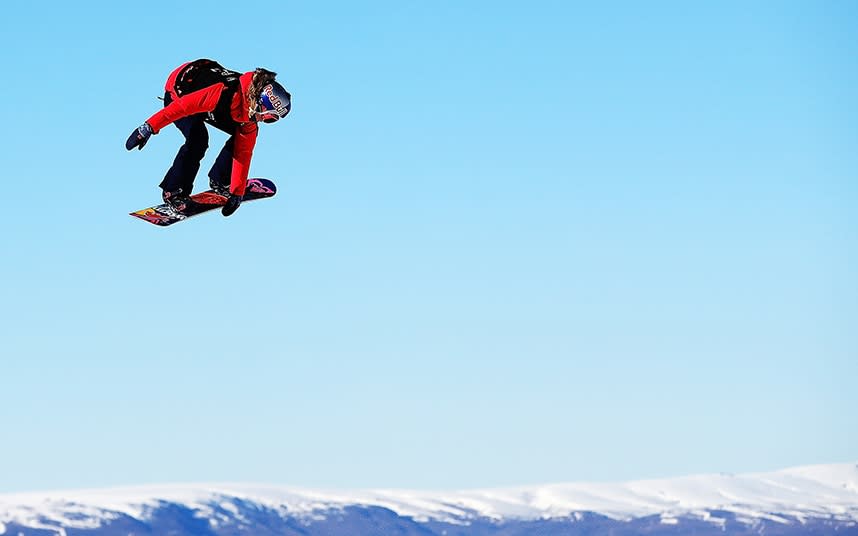
Katie O, as she is known in the British snowboard team, is arguably Britain’s best medal chance for Pyeongchang 2018, competing in the snowboard slopestyle and the new Olympic discipline of snowboard big air.
When she was 16 Ormerod narrowly missed qualifying for the 2014 Winter Olympics in Sochi. Now 20, recent performances show she’s definitely come of age as an athlete – she won a big air World Cup event in Moscow last season, as well as taking slopestyle bronze at the Aspen X Games.
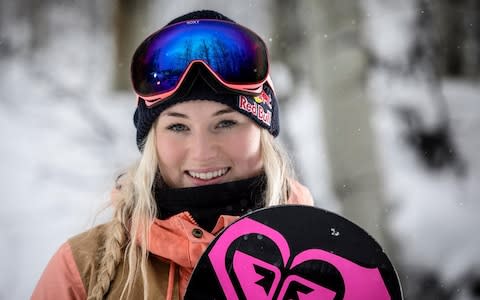
Prior to those results, in November 2016, she placed third at the big air World Cup in Pyeongchang. Since this was a test event for the forthcoming Olympics, held at the same venue, the result gave Ormerod the confidence that she could compete with the world’s best. “When I got on the podium I thought, this is going to be easier than I thought – maybe.”
Ormerod’s relaxed persona belies the grit and determination that lies behind her smile. British snowboard team coach Hamish McKnight has nothing but praise for her work ethic. “There’s no doubt that Katie is one of the hardest-working athletes on the programme,” he says. “She is the first person on the hill and the last to leave, and whenever Katie has the opportunity to do the best tricks in the world, given the weather or conditions, she does them 10 days out of 10.”
Spurred on by the disappointment of missing the Sochi games, in May 2014 Ormerod became the first female snowboarder to land a double cork 1080 – that’s three rotations with two inverted flips. Austria’s Anna Gasser used the same trick to win in big air at the 2017 World Championships in Sierra Nevada, Spain.
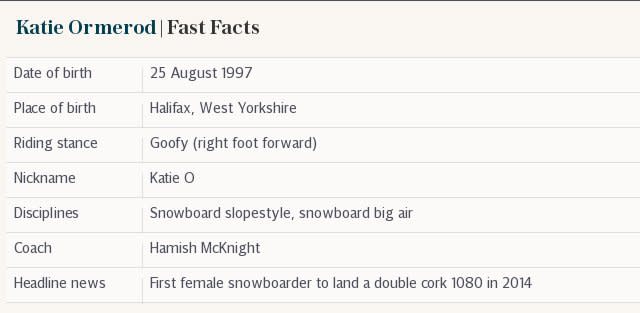
“No one had done the double cork in competition until Anna did it in Spain, so it’s good to know it gets a really good score,” Ormerod says. It’s a trick that she plans on perfecting so she can unleash it again next season.
Ormerod first took to snow aged three on a holiday to France with her parents and extended family, including cousin and Olympic snowboarder Jamie Nicholls. She started on skis, but almost inevitably switched from two planks to one when she was five – her parents are keen snowboarders and she wanted to follow her cousin. “Jamie is four years older than me, and I would ride with him all the time and try and mimic his tricks.”
Nicholls and Ormerod made the most of their local dry slope in Halifax, which has one of the biggest jumps in the country. Nicholls placed sixth in slopestyle in Sochi and will most likely be competing on the British team with his cousin in Pyeongchang.
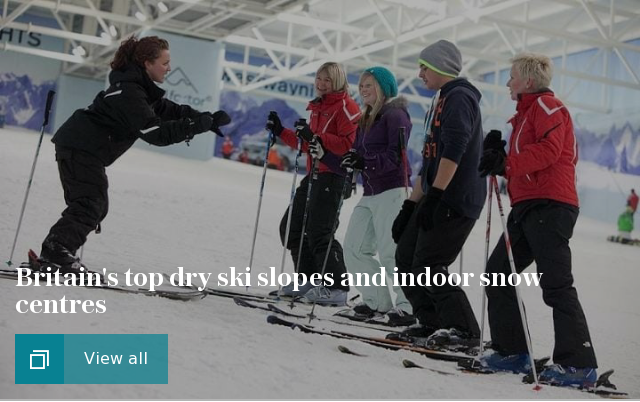
As a child, Ormerod also competed in gymnastics. “My parents put me into classes aged four because I couldn’t keep still at home. I became Yorkshire champion a couple of times and competed in the British nationals three times.”
It’s that gymnastics base that Ormerod now sees as her greatest strength as a snowboarder. “It has given me an advantage over loads of other girls, because I have had that training in spatial awareness, and muscular strength. Gymnastics and snowboarding go hand in hand, so I was lucky to have done both sports.”
Not only did Ormerod have older cousin Nicholls as a role model, she also had a female British snowboarder to look up to. At the age of 11 she watched Jenny Jones win gold in slopestyle at the X Games in 2009. “As a young girl it was so inspirational to see someone British who could win. It helped me believe that I could do it myself.”
As is often the case with British snow-sport athletes, Ormerod struggled to fit school work around snowboarding. “The Sochi Olympic qualification year was the hardest, because I was taking my GCSEs and had to do my mock exams while I was training.” In the end, Ormerod did well in her exams, but didn’t make the Olympic team.
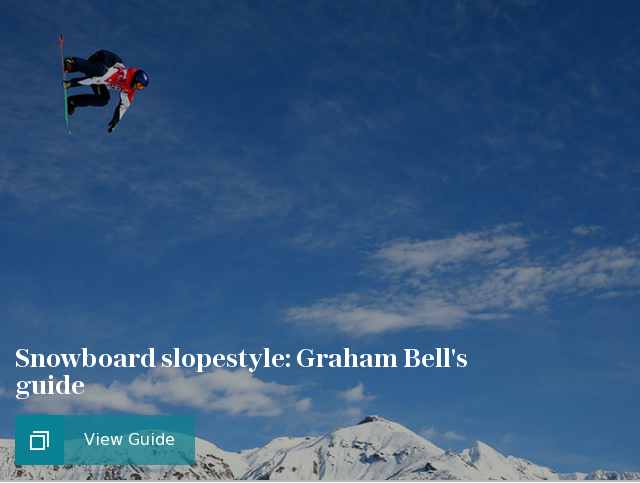
“I was gutted not to go to Sochi, and had the worst luck with the weather that season. I was so little at 15 that when the conditions were bad I just could not clear the jumps. Looking back, though, I’m kind of glad I didn’t go to Sochi because I feel now is my time to go.”
Ormerod’s first World Cup win, at January’s big air event in Moscow, came in difficult conditions, proving that she has now learnt how to compete in all situations. “It was -30°C and by far the hardest and coldest conditions I’ve ever competed in. The lifts to take us to the top of the ramp didn’t work after the temperature fell below -20°C, so we had to hike up the stairs. When you’re breathing hard your goggles steam up, then they ice over. They had a tiny little heater at the top and everyone had their goggles lined up trying to defrost them before dropping in.”

Coincidentally, Ormerod and Anna Gasser had planned exactly the same tricks – a backside 720 and cab 540. In the final, Ormerod went bigger and pipped the World Cup leader by a quarter of a point. She knew at the time the significance of her win over Gasser. “She has the yellow bib, ranked first in the world. I’m ranked second,” Ormerod said after the contest. “She’s beaten me at the last three events, so I really wanted to beat her at this one and I’m glad that I did!”
On paper, it may have looked as though Ormerod was specialising in big air competitions at the start of last season, but she was working hard on her slopestyle too. In late January at the X Games in Aspen Ormerod was disappointed with her fifth place in big air, particularly after her World Cup podiums that season, but turned things around in the slopestyle event. The slopestyle course was a classic X Games build, with a large, crowd-pleasing kicker section that required maximum speed and a lot of bottle to get right. “You just had to straight line into every jump. Luckily it came right for me on the day – I picked up the bronze and ticked one of my boxes of getting an X Games medal.”

In February 2017, the renowned big air competition Air + Style Innsbruck held a women’s event for the first time, and Ormerod wanted to be there. She placed second, behind Finland’s Enni Rukajärvi. Anna Gasser, perhaps struggling with the added pressure of competing in front of 30,000 home fans, came 6th.
As good as last season was for Ormerod, it ended badly at the World Championships in Sierra Nevada in March. Ormerod was not the only rider to pick up an injury on the badly designed course, which attracted much criticism from many of the athletes. “I broke my back on the second training day in the first run of slopestyle practice. It was a really weird and dangerous course, and the speed was all over the place because of the sandstorm that had come over from the Sahara. I ended up overshooting a jump and caught my heel edge on landing and slammed into my back.”
It was only when Ormerod went to ride back to the hotel that she felt real pain in her back. She was found to have a minor fracture in her L3 vertebra, which put her out of the competition and off her snowboard for six weeks. Ormerod recovered well from the injury, and was back on snow in early May for the British team training camp on the Corvatsch glacier in St Moritz.
I’m kind of glad I didn’t go to Sochi because I feel now is my time to go.
Katie Ormerod
The challenge for Ormerod now is to keep up with the rapid trick progression that always comes around before the Olympic Games, while staying uninjured. “People don’t understand how volatile freestyle snowboarding is – you don’t get to the top, celebrate and become complacent,” coach Hamish McKnight explains. “Our plan with Katie is to keep progressing as fast as, if not faster, than the rest of the world.” For Ormerod that means bringing out the double cork 1080 again, and learning a new trick to complement it.
Ormerod has the grit and determination to succeed and has the look of an athlete on the verge of greatness. Whether she achieves it or not, you can be sure it won’t be for the lack of trying.
Ormerod’s main rivals
Anna Gasser of Austria is going into PyeongChang as favorite in both slopestyle and big Air. Hailey Langland is the rising star of the US team, and an X Games winner in aig air last season. Jamie Anderson is the reignging Olympic slopestye champion but less accomplished in big Air.
A post shared by Telegraph Ski and Snowboard (@telegraphskisnowboard) on Apr 5, 2017 at 2:03am PDT
When to watch Ormerod at the Winter Olympics
(UK time, 8 hours behind)
February 11, women’s slopestyle qualification, 4.30am
February 12, Women’s slopestyle finals, 1am
February 19, women’s big air qualification, 12:30am
February 23, women’s big air finals, 12:30am
This interview was conducted at The British Championships in Laax, Switzerland courtesy of Swiss International Airlines.


